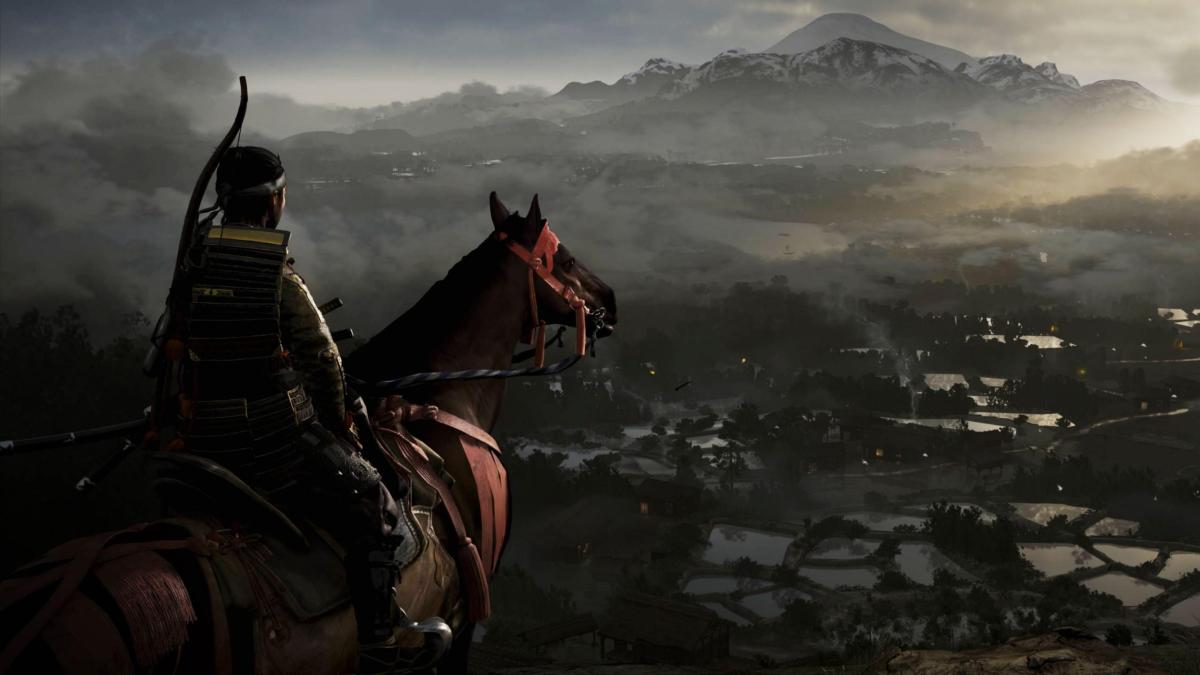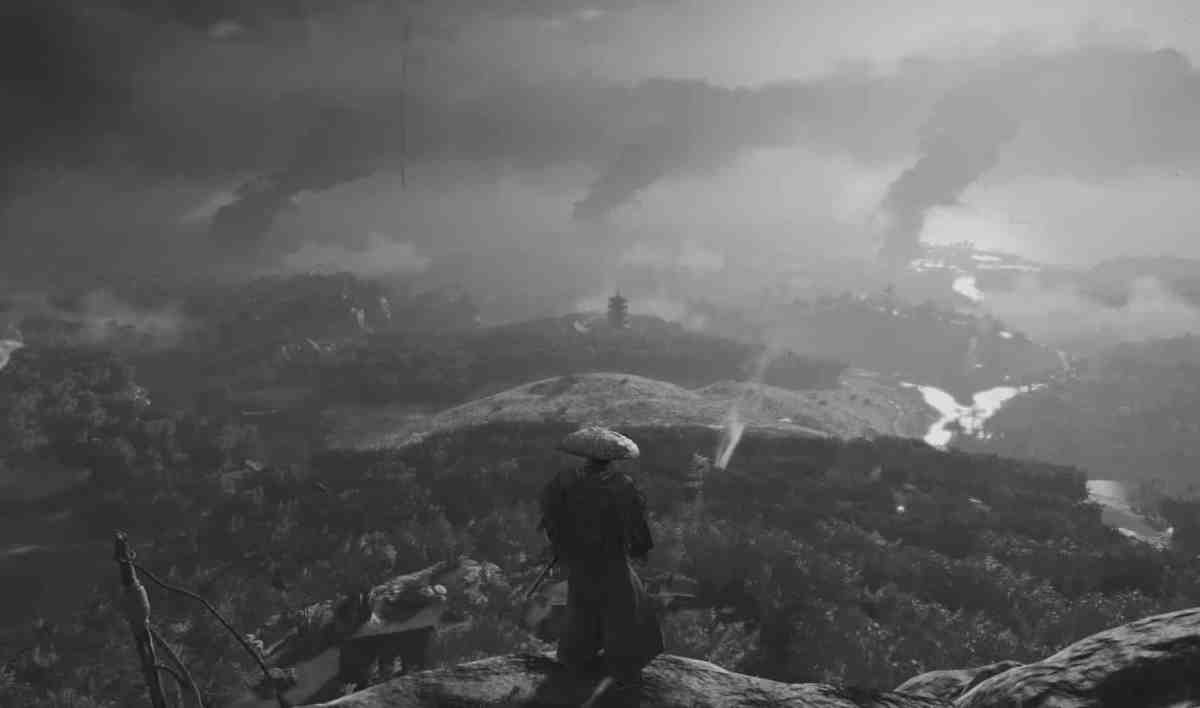Ghost of Tsushima is a game filled with contrasts. For every detour basked in nature’s beauty, there’s a story mission drenched in man’s bloodshed. For every depiction of the noble samurai, there are assassinations under the veil of moonlight. And with Lord Shimura’s steadfast code of honor, there’s our hero Jin Sakai’s understanding that this code needs to be adapted in order to save the lives of those he loves.There may be no greater depiction of Tsushima’s contrast than at the midway point of Act 2, in the mission titled “The Ghost of Yarikawa.”
Up until this point in Ghost of Tsushima, I had spent so much of my time just getting lost in the beautiful wilderness of this Japanese island. I found myself constantly ignoring the main mission, instead choosing to ride through serene fields in search of nice spots to compose a haiku. I’d follow foxes back to their shrines and birds back to their nests. Finding the next sun-drenched grove, gorgeous hilltop view, or serene beach became just as important as my actual story missions.
And so it was with this mindset that I entered “The Ghost of Yarikawa.” It begins with Jin and Yuna in that time-honored tradition of getting good and drunk the night before a battle. Jin listens as Yuna opens up about her rough past, and the pair bond through both their stories and the silences shared between them.
But this tranquility comes to a screeching halt as the pair lead a group of archers and townsfolk to hold off the Mongol assault at Yarikawa. This includes an initial onslaught, followed by sneaking behind enemy lines to destroy their siege weapons. But when you make it back to the Yarikawa Keep, you find that the Mongol general has taken it over, and you transition into a one-on-one duel.
So far, pretty cool, if not standard stuff for Ghost of Tsushima.

But once you manage to take down the general, everything changes. And it’s here that the very title of the game itself begins to take a clearer shape and form. The battle ends, and a prompt reading of “slaughter” pops up on the screen. This clues us into what we’re about to witness.
Though Ghost of Tsushima has obviously been a game filled with violence up until this point, the way Jin jams his sword into the back of the general and momentarily parades him around in front of his troops is something else entirely. And after a pause of uncertainty, we pull our blade out and proceed to slice the general’s head clean off. It’s at this point that Jin truly embraces the moniker of the Ghost.
With a click of the analogue sticks, Ghost Stance is activated, and the entire game momentarily shifts off of its axis. A crash of thunder ushers in a strange, ambient tone. Color fades from the world, bathing everything around you in the stark blacks, vibrant whites, and enigmatic grays of the game’s Kurosawa filter. A horizontal wind howls across our field of view. Enemies stand frozen in their tracks, unable to process the demon they suddenly see before them.
In Ghost Stance, your foes are cut down in a single slice of your sword. Each time your blade makes contact with flesh, time slows down to a dream-like pace. The entire frame turns red, embodying the blood and rage of the action. Even once the effect subsides, the damage has been done. The Mongols attempt to flee in terror from the monster they’ve just witnessed.
It’s at this moment that Jin’s reputation transcends the mortal realm, and he truly becomes the Ghost of legend. These various visual and audio effects act in unison to replicate how stories become heightened and embellished through constant retellings. When people speak about what happened this night at Yarikawa, they’ll talk of a monster who appeared on the battlefield, devoured the head of the Mongol general, and left no survivors in his wake. Of how he moved with inhuman speed and had control over the very wind itself.

While this moment obviously works with Ghost of Tsushima’s larger themes, it also succeeds at the basic mechanical level. From this point on, Ghost Stance changed the way I approached the game’s combat encounters. Since any hit from an enemy resets your meter, I became much more defensive and aware in battle. I was constantly surveying the landscape for out-of-sight archers who could keep me from achieving that terrifying transformation that could easily turn the tides of a fight.
Also, on a purely visceral level, I never grew tired of the sensory overload that came from engaging in Ghost Stance. It’s one of those video game mechanics like grabbing a star in Super Mario Bros. or an All-Out Attack in Persona 5 that consistently delivers an endorphin rush.
But it’s here that the contrast I mentioned comes back into play. After the events at Yarikawa, it is impossible for things to entirely go back to what they were like beforehand. Of course, I still spent plenty of hours taking in the beautiful scenery of Tsushima, especially the snowy northern region of Kamiagata. But through it all, I couldn’t forget the acts of sheer terror that I was capable of.
It was an internal conflict that I had to wrestle with. I was still the Jin who dipped into an Onsen hot spring to reflect on the love and beauty of the world around me. But I was also the Ghost who haunted the nightmares of anyone who managed to gaze upon my terror and live to spread my legend. And in this sense, Ghost of Tsushima nailed what it was like to embody a character filled with such wonderful and terrifying contrasts.